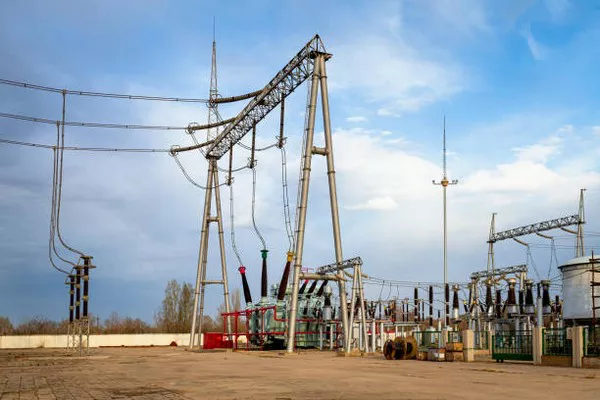Transformers play a pivotal role in various industries, serving as essential components in power distribution systems, electronic devices, and more. However, like any other electrical equipment, transformers are susceptible to overheating, a phenomenon that can have severe consequences if left unaddressed. In this article, we delve into the intricate details of what happens when a transformer overheats, the potential risks involved, and effective mitigation strategies.
Understanding Transformer Overheating:
A transformer’s primary function is to transfer electrical energy between circuits through electromagnetic induction. During normal operation, transformers generate heat due to core losses, copper losses, and other inherent inefficiencies. However, when the heat produced surpasses the transformer’s designed capacity to dissipate it, overheating occurs.
Causes of Transformer Overheating:
Overloading: One of the primary causes of transformer overheating is overloading. When a transformer is subjected to a load higher than its rated capacity for an extended period, the increased current flowing through its windings leads to elevated temperatures. This excess heat can accelerate the aging process and compromise the transformer’s insulation.
Poor Cooling: Inadequate cooling systems or malfunctioning cooling mechanisms can also contribute to transformer overheating. Transformers rely on cooling methods such as oil circulation or forced air cooling to maintain optimal temperatures. Any disruption in these systems can lead to a rapid temperature rise within the transformer.
Insulation Failure: Insulation breakdown within the transformer can result in overheating. This may occur due to factors like moisture ingress, aging of insulation materials, or manufacturing defects. When the insulation weakens, the risk of short circuits and subsequent overheating increases.
Consequences of Transformer Overheating:
Deterioration of Insulation: High temperatures accelerate the degradation of insulation materials used in transformers. Over time, this deterioration weakens the insulation, making it more susceptible to breakdowns and reducing the transformer’s overall lifespan.
Reduced Efficiency: Transformers are designed with efficiency in mind, but overheating can significantly diminish their performance. The increased resistance in the windings due to elevated temperatures leads to higher losses, reducing the transformer’s overall efficiency.
Risk of Fire: Perhaps the most critical consequence of transformer overheating is the risk of fire. Elevated temperatures can cause the insulation to combust, leading to catastrophic failures. Transformer fires pose significant safety hazards to personnel and can result in substantial economic losses.
Costly Repairs and Downtime: Addressing the aftermath of transformer overheating involves extensive repairs, which can be both time-consuming and expensive. Moreover, the downtime during repairs can impact critical operations, making preventive measures crucial.
Mitigation Strategies:
Temperature Monitoring:
Implementing a robust temperature monitoring system is essential for early detection of overheating. Advanced sensors can continuously monitor the transformer’s temperature and provide real-time data, enabling timely intervention to prevent catastrophic failures.
Load Management:
Adhering to the transformer’s rated capacity is crucial for preventing overheating. Implementing load management strategies, such as load shedding during peak periods or redistributing loads among multiple transformers, helps maintain optimal operating conditions.
Regular Maintenance:
Scheduled maintenance, including inspections, oil testing, and insulation resistance measurements, is imperative to identify potential issues before they escalate. Regular maintenance helps ensure that cooling systems are functioning correctly and that insulation remains in good condition.
Cooling System Upgrades:
Upgrading cooling systems to more efficient models or incorporating additional cooling methods can enhance a transformer’s ability to dissipate heat. Enhanced cooling capacity reduces the risk of overheating, especially in environments with high ambient temperatures.
Insulation Monitoring:
Regularly monitoring the condition of insulation through diagnostic tests, such as power factor testing and partial discharge measurements, allows for the early detection of potential issues. Identifying insulation degradation early on can prevent overheating and extend the transformer’s lifespan.
See Also: Do Transformers Work With AC Or DC?
Conclusion:
Transformer overheating is a serious concern that demands proactive measures to mitigate risks and ensure the reliability of electrical systems. By understanding the causes and consequences of overheating, implementing effective monitoring systems, and adopting preventive maintenance practices, industries can safeguard their transformers from potential failures. In doing so, they not only protect their investments but also contribute to the overall safety and stability of the electrical infrastructure.

